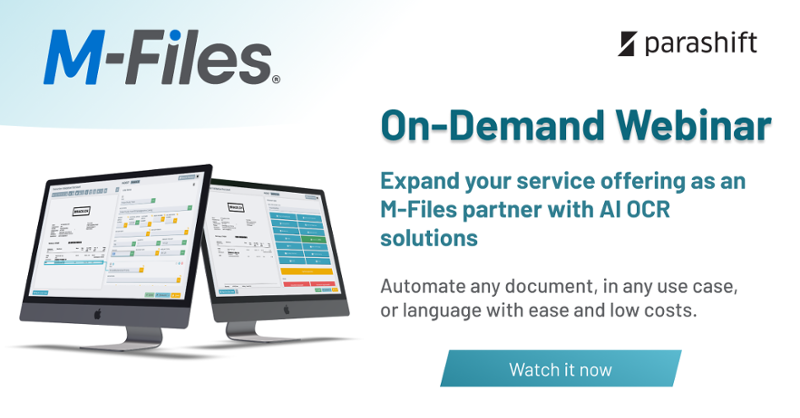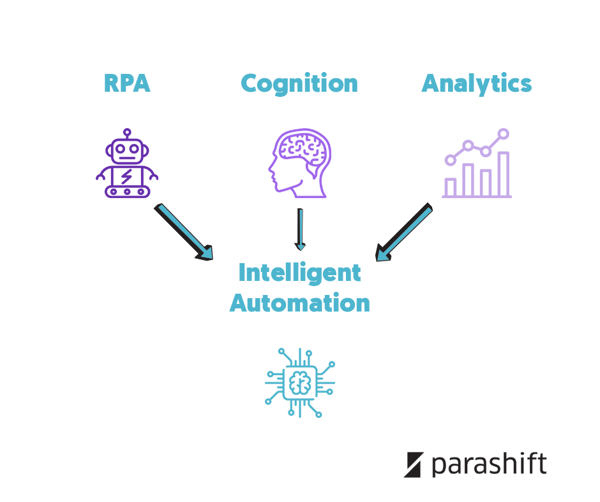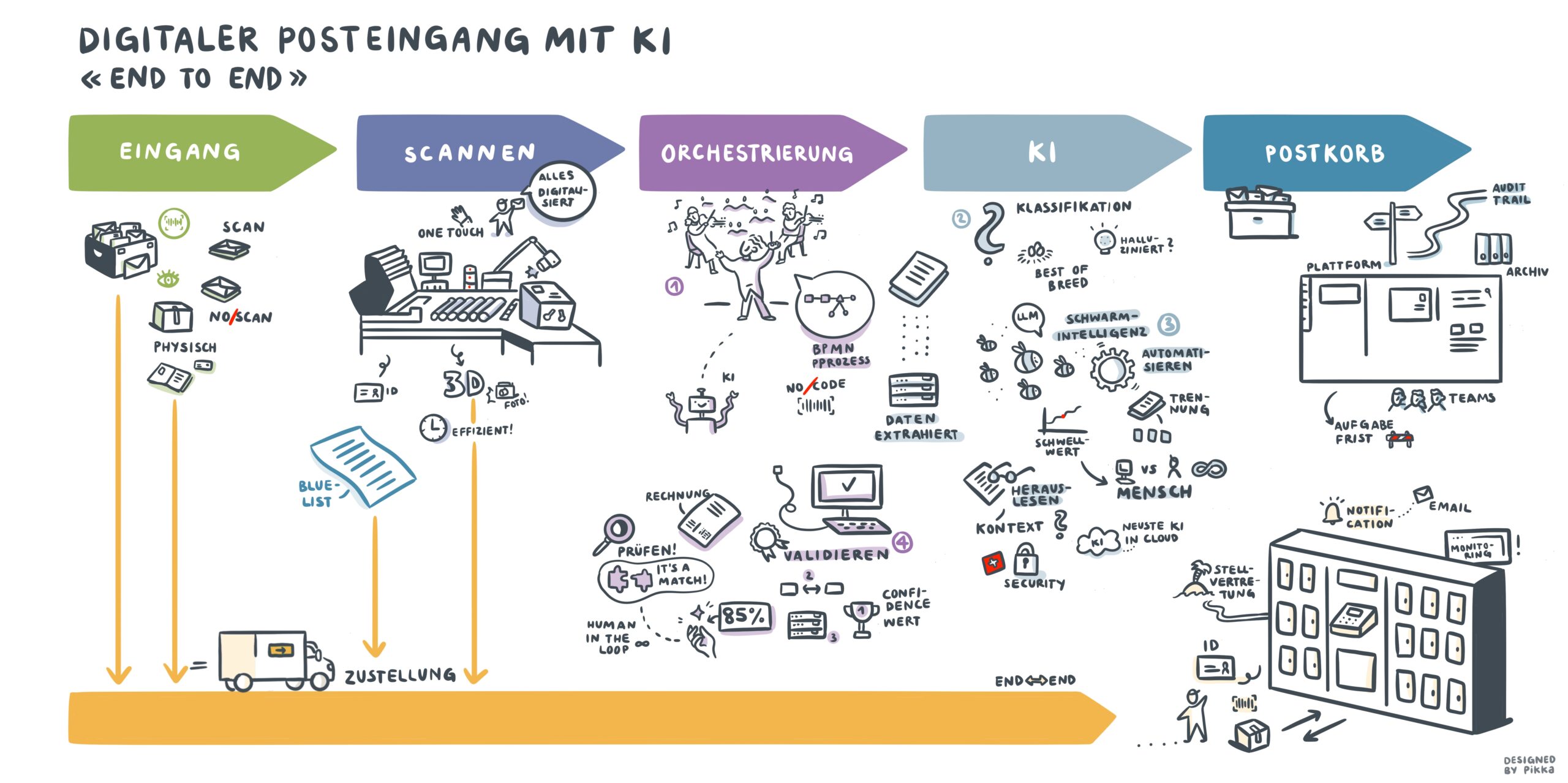The market dynamics have changed quite significantly for most companies in recent years. This has resulted in new opportunities but also challenges. As a consequence, and influenced by increasing competition, these companies need to restructure and reorganize themselves so that they can operate more effectively and efficiently in the marketplace and adapt to changing customer needs and behavior.

CFOs in the key role
Today, theoretically, it should actually be standard practice for many companies to be able to guarantee high-quality, continuous customer support, to orchestrate standard processes seamlessly, and to always provide real-time insights into operational activities from the various parts of the organization. In reality, however, the road to achieving this goal is tricky and requires radical rethinking and an approach that must be reflected on carefully, as well as the investments related to that. Specifically, CFOs and other members of management have issues to address in the areas of personnel costs, productivity, compliance, process accuracy/continuity and system efficiency. If a company manages to make significant improvements in one or more of these areas compared to its peers, it will gain a potentially significant advantage that can have a positive impact on several aspects of the business. Examples of such advantages could be: better quality of products and services, higher customer and employee satisfaction or lower turnover and increased productivity, more room for creativity and other value-adding activities, generally lower cost structures and ultimately higher market shares. One approach to solving these problems could be the use of software for process automation (see also this Forbes article here).
The automation of routine tasks as key-capability
As the PwC AI Predicitions 2020 Survey has shown, the automation of routine tasks in companies is one of the most important capabilities in 2020 according to a large proportion of US business and technology executives – and with good reason, of course. Because automating large parts of your standardized business processes has the potential to effectively address some of the above-mentioned problem areas and find practical solutions in the process. Interestingly, a Forbes Insight study has shown that such initiatives can not only reduce personnel costs, increase quality and continuity and productivity, but also increase employee satisfaction.
Forty-four percent of survey respondents cited “operate more efficiently,” and 42% cited “increase productivity” among the top-three benefits they’re expecting from AI investments. Yet, for your company’s bottom line, automating routine tasks in administrative functions, such as tax and finance, is anything but boring. Companies can see remarkable savings from (for example) using AI to extract information from tax forms, bills of lading, invoices, and other documents that typically require long and tedious hours of human work.
PwC AI Predictions 2020 Survey/Report
Up to this day, most of such automation initiatives are implemented with Robotic Process Automation (RPA) software. That’s a good starting point. These types of software solutions, like virtually any other software, have their advantages but also their disadvantages and limitations. In the case of RPA, for example, one advantage is its simplicity so that the software does not require complex system or infrastructure integrations. Yet, at the same time, they can only be used to automate static processes. In contrast to Artificial Intelligence (AI)/Machine Learning (ML)-based solutions, screen scraping is often the only method used in RPA software, which makes the system inflexible and dealing with more modern data center architectures difficult. This is why successful scaling throughout the whole organization is can be a major challenge. So what we actually need is “intelligent” RPA software.
What is meant by intelligent process automation?
Intelligent Process Automation (IPA) is the term we use to describe advanced process improvement technologies that not only increase efficiency and reduce costs, but also allow for greater flexibility in their actual applications. The underlying technologies that make this possible are conventional RPA functionalities that are combined with ML and AI.

With IPA it should not not be intended to perform certain tasks in a particular way, but rather to enable learning curves and independent process improvements over time. What is really exciting about that is that such learning curves can be made cross-departmental as soon as the implementation in the company is scaled up. As you can see, this creates completely new possibilities for system-based and flowing process optimization, taking into account a more holistic company perspective and interactive coordination between the different systems.
In addition, IPA is more flexible in dealing with trends in enterprise applications, which include agile DevOps, microservices, cloud-native applications and containers, for example, and provides companies with tools that allow more flexibility to optimize user experience, uptime, security and other aspects also. Traditional RPA solutions instead are designed for applications that are built on monolithic architectures and may only be updated very rarely. This is basically the case because many of these applications lack APIs and therefore do not offer other options.
Things you should consider for an implementation
So, it is therefore quite clear fairly quickly that the medium to long term path must lead in the direction of IPA. In order for you and your company to put together a promising roadmap to success and secure your competitive advantages, you and your colleagues should at least take a closer look at the following things:
- Although IPA software can make process improvements itself over time, you should try to optimize your business processes as much as possible before implementation already. This will increase the effectiveness of IPA many times over, and give you a significant return on your investment more quickly.
- Make sure that you align IPA solutions with your business goals and strategies. Make sure you know exactly what you want to achieve and plan measures accordingly.
- As in many other things in life, IPA is a mistake if you only invest half-heartedly in the technology. So if you want to make use of this possibility, see if you can inspire reflection from the ground up in your organization and implement full-stack IPA solutions.
- It is very likely that you have already experienced one or more structural changes in a company during your career. Therefore, you are probably well aware of the importance of communication and leadership in relation to the existing culture when it comes to successfully implementing change programs. This is no different here and so an IPA initiative stands or falls with your company culture. So make sure that the leadership team follows a careful and considered approach.
- While RPA is designed for specific and independent task automation, IPA wants to automate and optimize entire processes, even across interfaces. The basic prerequisite for this is that you do not have any data silos. Otherwise, you simply limit the impact that IPA could have on your company.
- Today’s business transactions often take place via omnichannel applications. Therefore, the IPA solution should also be compatible with such applications so that they work via web, mobile, text, email and voice.
- An extensive design phase at the beginning of any project can have a long-lasting impact that you want to have. This also applies to the introduction and further development of IPA. Because you want to have a flexible architecture with as little technical debt as possible so that you can always make adjustments and scale according to the business’ needs. It’s also important that you take care of management and governance standards so that future plans can be aligned with the current strategy.
From these depictions, it is clear that implementing IPA is not really a project. It is rather a continuous process, and its success depends on how you plan the process, how the systems audit is designed, and the extent to which you work with experts and your internal IT team to help you implement it. If you proceed neatly here, you can substantially increase the added value of intelligent automation over time.


